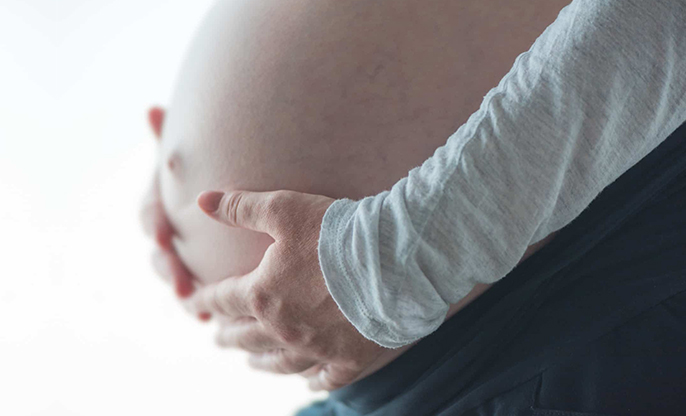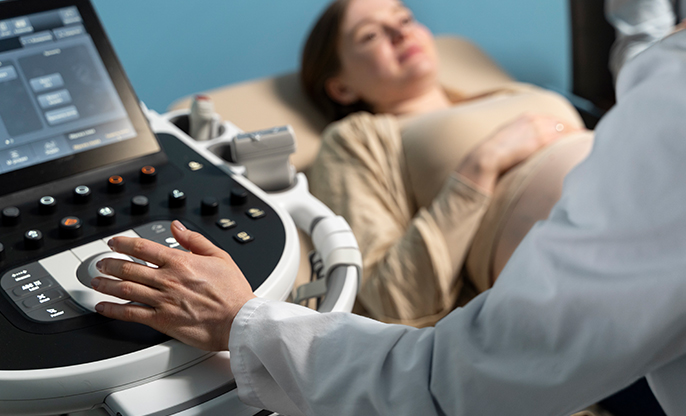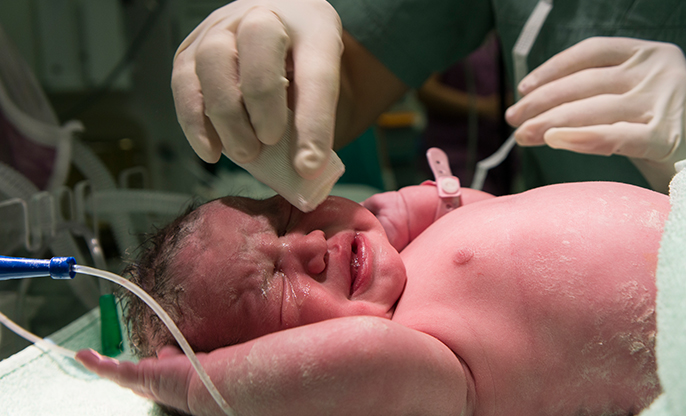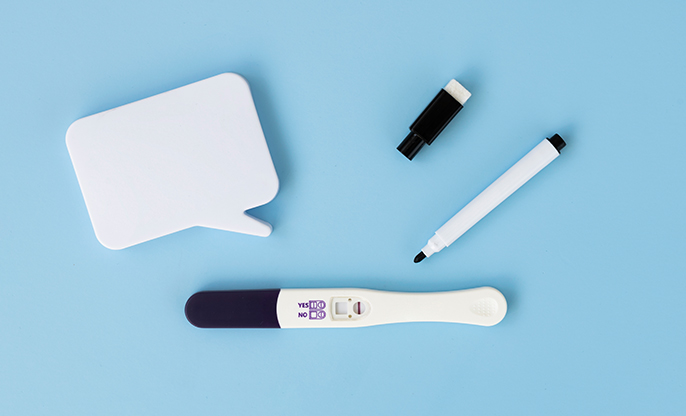
Breech Birth at a glance
Delivering a baby is an exciting and life-changing event. But what happens if the baby does not appear head down and his bottom is down at birth? This is called the Breech position! For some expectant mothers, this delivery process can be more complicated. Breech birth is a common delivery method when a baby is positioned feet or buttocks first instead of the usual head-first position.
It’s estimated that 3-4% of babies are in the Breech position at delivery time. While it’s not always a cause for concern, it can be risky and lead to complications if not treated properly. Here’s what you need to know about breech birth, including the risks, causes, and treatments.
What Are the Risks of Breech Birth?
Complications arise in a breech presentation because if the baby’s hips are delivered first, her pelvis may be compact and not large enough for the head to pass through. The baby faces the danger of injury or death and may get stuck in the birth canal. Even the umbilical cord can get blocked or damaged, thus cutting out the oxygen supply to the child.
Breech birth can be risky for both the baby and the mother. The baby may be more likely to experience birth injuries, such as broken bones or nerve damage. The mother may also be at an increased risk for uterine rupture, heavy bleeding, and infection.
Different types of Breech births:
- Complete Breech: In this,
the baby appears bottom first with knees bent.
- Footing breach: one leg bent
over the mother’s cervix
- Frank breech: In this, the baby’s legs are stretched upwards.
In Breech births, the movements of the unborn baby may be a little different, and the kicks will be felt in the lower part of the belly. The fact is that Breech children are typically born healthy under the supervision of the healthcare worker. But, these children face an elevated risk for chromosomal disabilities.
What Causes Breech Birth?
- Previous breech child or
parent born in the Breech presentation
- Uterine abnormality or
septate uterus ( Fibroids)
- Cornual placenta, placenta
previa, placental location
- Higher amniotic fluid
In most cases, the cause of breech birth is unknown. It’s thought that the size of the uterus, the position of the placenta, or the amount of amniotic fluid may play a role. It’s also possible that the baby’s position can be determined by the mother’s lifestyle choices, such as smoking, drinking alcohol, or using drugs during pregnancy.
Is breech birth painful?
The pain felt while giving birth to a Breech baby or average child vaginally is almost the same, and even the relief options are identical. There are higher chances of perinatal morbidity in the Breech presentation, though.
How Is Breech Birth Treated?
In some cases, breech birth can be treated with a procedure known as an external cephalic version (ECV). This procedure is done by a doctor who uses their hands to turn the baby into the head-first position manually. It is generally successful in nearly 70% of cases.
If ECV is unsuccessful, the baby must be delivered through a caesarean section (C-section). This is a surgical procedure in which the baby is born through an incision in the abdomen.
Breech birth is a standard delivery method that can be risky if not appropriately treated. It’s essential to speak with your doctor if you’re concerned about your baby’s position. They can help you understand your options and the risks involved.





































